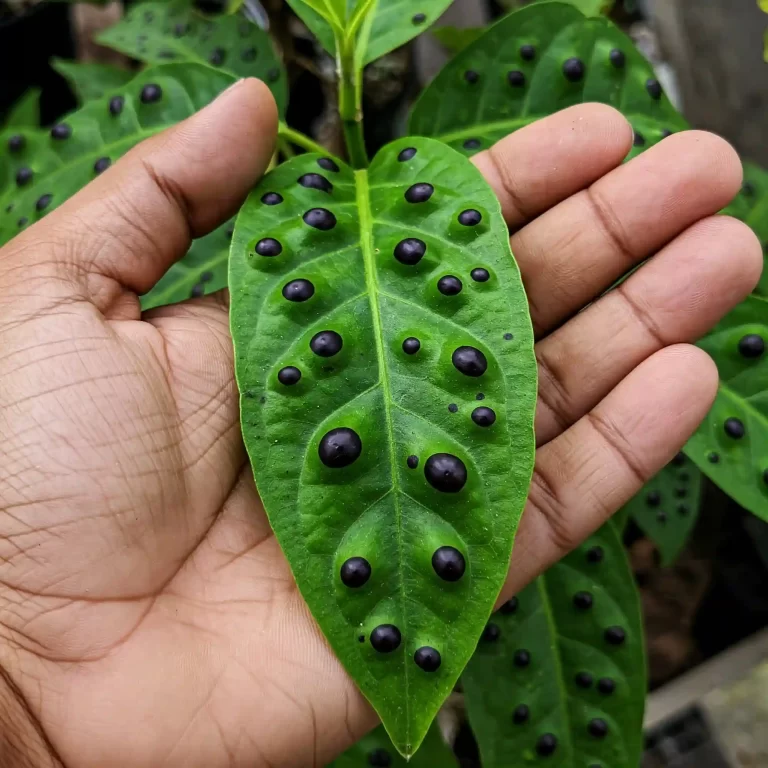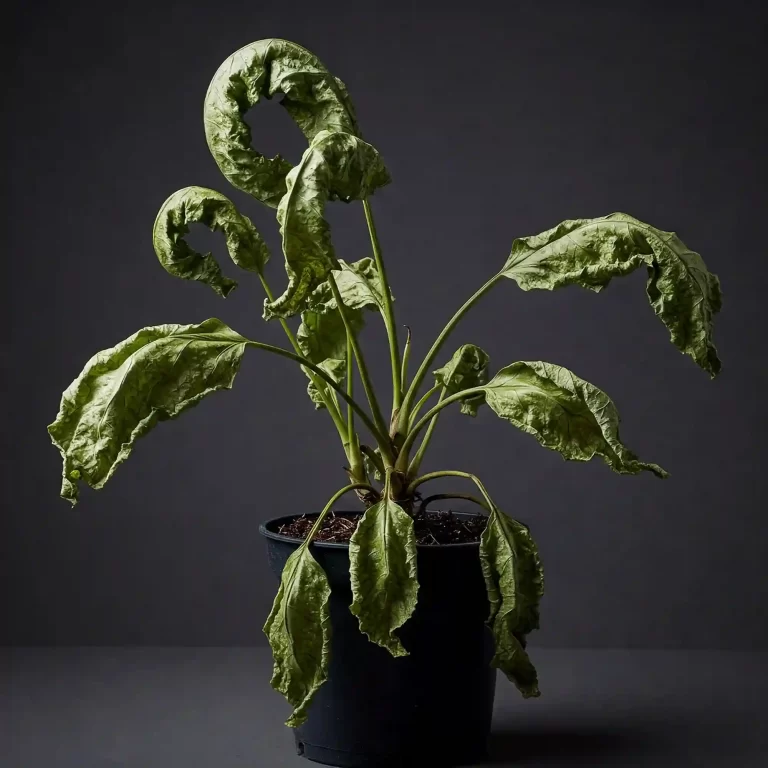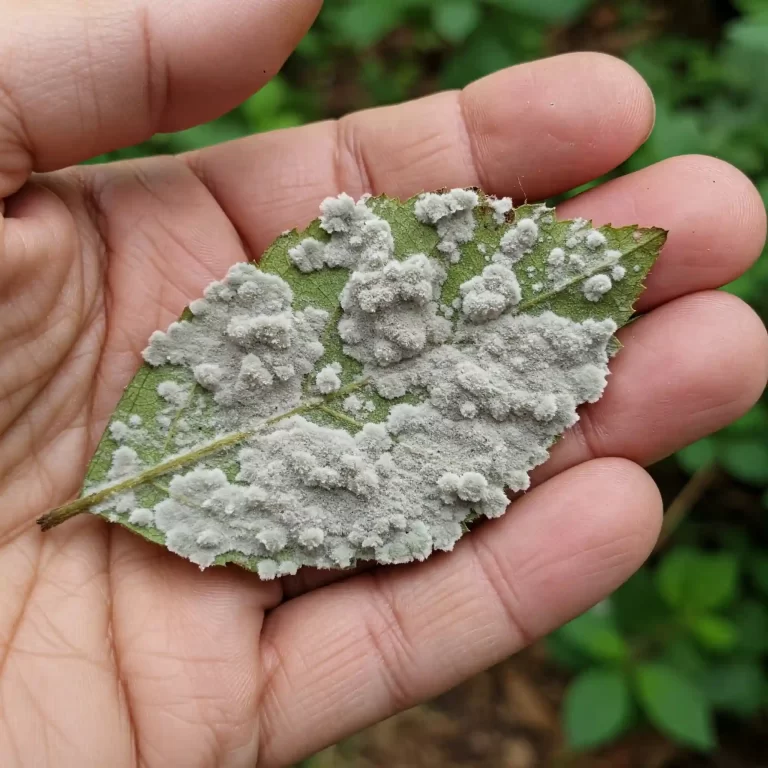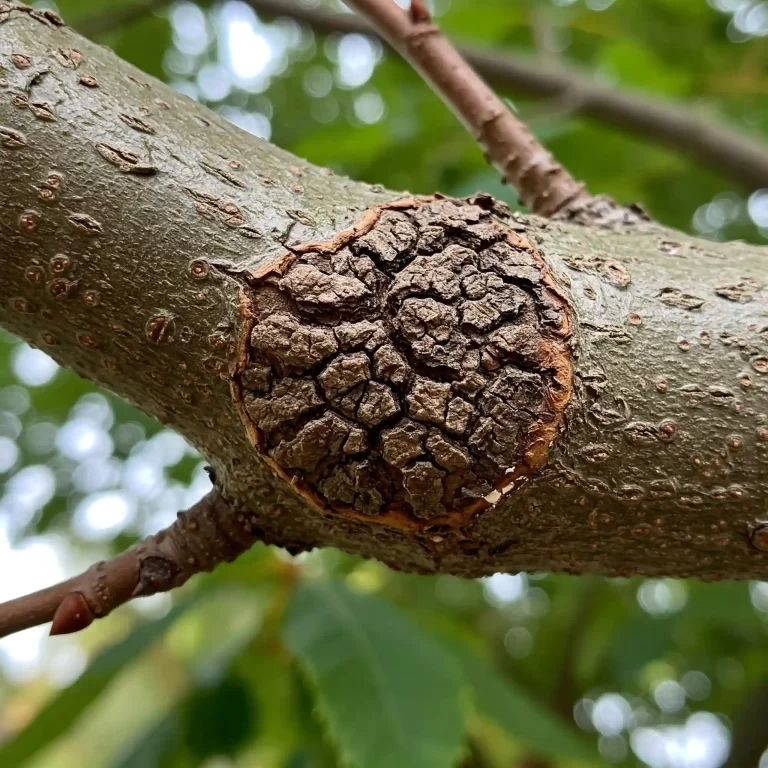| – Mandevilla teepee is a type of mandevilla plant that has been trained to grow on a teepee-shaped trellis. It is a tropical vine that produces showy, trumpet-shaped flowers in various colors, such as pink, red, and white. |
| – Mandevilla teepee is a great choice for adding vertical interest and color to your garden or patio. It is easy to grow and care for, as long as you provide it with the following conditions: |
| – Light: Full sun, at least six to eight hours of direct sunlight per day. Some shade in hot climates. |
| – Water: Regular watering, keep the soil moist but not soggy. Water thoroughly and allow the top inch of soil to dry out between waterings. |
| – Soil: Well-drained and fertile soil, slightly acidic pH of 5.5 to 6.5. Use a quality potting mix or potting soil for containers, or add some compost or organic material to the soil for planting in the ground. |
| – Fertilizer: Heavy feeder, apply a balanced fertilizer every two weeks during the growing season, or use a slow-release fertilizer at the beginning of spring. Prefer a fertilizer with a high phosphorus content, such as 10-20-10 or 15-30-15. |
| – Pruning: Minimal pruning, remove dead or damaged stems and leaves. Pinch back the tips of the stems in early spring to encourage bushier growth and more blooms. Shape and train the stems on the teepee-shaped trellis. |
| – Pest and Disease Management: Generally resistant to most pests and diseases, but can occasionally be affected by aphids, mealybugs, spider mites, whiteflies, fungal infections, and bacterial wilt. Prevent and treat these problems by keeping the plant healthy, avoiding overwatering, and inspecting the plant regularly. Use natural or organic remedies to combat the pests and diseases, such as garlic, chili, or soap spray, or baking soda, milk, or vinegar spray. |
Do you want to make your mandevilla teepee bloom like crazy? If you do, then you are in the right place. In this article, we will show you how to grow and care for your mandevilla teepee plant, a type of mandevilla plant that has been trained to grow on a teepee-shaped trellis. Mandevilla teepee is a tropical vine that produces showy, trumpet-shaped flowers in various colors, such as pink, red, and white. It is a great choice for adding vertical interest and color to your garden or patio, as it can climb up to 10 feet tall and bloom from summer to fall, or even year-round in warm climates.
But how do you make your mandevilla teepee plant thrive and flourish? What are the best conditions and practices for your mandevilla teepee plant care? Don’t worry, we have got you covered. In this article, we will cover the following topics:
- Light Requirements for Mandevilla Teepee
- Water Requirements for Mandevilla Teepee
- Soil Requirements for Mandevilla Teepee
- Fertilizer Requirements for Mandevilla Teepee
- Pruning Requirements for Mandevilla Teepee
- Pest and Disease Management for Mandevilla Teepee
By the end of this article, you will have all the information and tips you need to make your mandevilla teepee plant care a breeze. You will also learn how to enjoy and appreciate your mandevilla teepee plant, and make it a stunning focal point of your garden or patio. So, let’s get started!
Light Requirements for Mandevilla Teepee
The first thing you need to know about your mandevilla teepee plant care is the light requirements. Mandevilla teepee prefers full sun, meaning at least six to eight hours of direct sunlight per day. This is because mandevilla teepee is a tropical plant that loves the heat and the sun, and needs plenty of light to produce abundant and vibrant blooms, healthier and glossier leaves, and faster and bushier growth.
Therefore, you need to choose the best location for your mandevilla teepee, where it can receive enough sun exposure throughout the day. Some of the best places to grow your mandevilla teepee are:
- A south-facing wall, fence, or trellis, where it can get the most sun exposure and warmth.
- A sunny spot on your balcony or terrace, where it can brighten up your outdoor space and attract hummingbirds and butterflies.
- A sunny window, door, or porch, where it can add some color and fragrance to your indoor space.
However, mandevilla teepee can also tolerate some shade, especially in hot climates where it might need some protection from the scorching afternoon sun. Too much sun exposure can cause the leaves and flowers to scorch, wilt, or fade, and reduce the plant’s health and beauty. Therefore, you need to provide some shade for your mandevilla teepee, especially during the hottest hours of the day. Some of the ways to create shade for your mandevilla teepee are:
- Using a parasol, an awning, or a pergola, to create some temporary or permanent shade for your mandevilla teepee.
- Planting it near other taller plants that can provide some shade for your mandevilla teepee, such as trees, shrubs, or climbers.
- Moving it to a shadier spot during the hottest months of the year, if you grow it in a container.
The ideal temperature range for your mandevilla teepee is between 60°F and 80°F. It can tolerate temperatures as low as 50°F, but not lower than that. Mandevilla teepee is not frost-hardy, and will die if exposed to freezing temperatures. Therefore, you need to protect your mandevilla teepee from frost, by bringing it indoors or covering it with a frost cloth, if you live in a cold climate.
Water Requirements for Mandevilla Teepee
The second thing you need to know about your mandevilla teepee plant care is the water requirements. Mandevilla teepee needs regular watering to keep the soil moist but not soggy. This is because mandevilla teepee is a tropical plant that loves the moisture and the humidity, and needs plenty of water to prevent wilting, drooping, and yellowing of the leaves and flowers, and to promote healthy and vigorous growth.
Therefore, you need to water your mandevilla teepee properly, by following these steps:
- Use a pot with drainage holes, if you grow your mandevilla teepee in a container. This will prevent the water from accumulating in the pot and causing root rot and fungal infections.
- Water thoroughly and allow the top inch of soil to dry out between waterings, if you grow your mandevilla teepee in the ground or in a container. This will ensure that the soil is moist but not waterlogged, and that the roots are not suffocated or drowned.
- Check the soil moisture with your finger or a moisture meter, before you water your mandevilla teepee. This will help you to avoid overwatering or underwatering your mandevilla teepee, and to adjust your watering schedule according to the soil condition.
However, mandevilla teepee needs more water during the hot and dry seasons, and less water during the cold and wet seasons. This is because the water evaporation and the plant transpiration are higher during the hot and dry seasons, and lower during the cold and wet seasons. Therefore, you need to adjust your watering schedule according to the weather and the season, by following these guidelines:
- Water more frequently and deeply in summer, when the temperature is high and the humidity is low. You may need to water your mandevilla teepee every day or every other day, depending on the soil moisture and the plant condition.
- Water less frequently and lightly in winter, when the temperature is low and the humidity is high. You may need to water your mandevilla teepee once a week or once every two weeks, depending on the soil moisture and the plant condition.
In addition to watering your mandevilla teepee, you also need to provide some supplemental irrigation for your mandevilla teepee, if you live in a dry region or grow your mandevilla teepee indoors. This will help to increase the humidity levels around your mandevilla teepee, and to prevent the leaves and flowers from drying out and curling up. Some of the ways to provide supplemental irrigation for your mandevilla teepee are:
- Misting your mandevilla teepee with a spray bottle, once or twice a day, especially in the morning and in the evening. This will create a fine mist of water droplets on the leaves and flowers, and increase the humidity around your mandevilla teepee.
- Placing your mandevilla teepee on a tray of pebbles and water, if you grow it in a container. This will create a mini humidifier for your mandevilla teepee, as the water evaporates from the tray and humidifies the air around your mandevilla teepee.
- Grouping your mandevilla teepee with other plants that have similar type.
Soil Requirements for Mandevilla Teepee
The third thing you need to know about your mandevilla teepee plant care is the soil requirements. Mandevilla teepee is not very picky about the soil type, as long as it is well-drained and fertile. This is because mandevilla teepee is a tropical plant that can adapt to different soil conditions, and needs a rich and loose soil to support its root system, provide the essential nutrients, and enhance the flower quality and quantity.
Therefore, you need to choose the best soil for your mandevilla teepee, depending on whether you grow it in a container or in the ground. Some of the best soil options for your mandevilla teepee are:
- A quality potting mix or potting soil, if you grow your mandevilla teepee in a container. This will ensure that the soil is well-drained, lightweight, and sterile, and that it contains the right amount of organic matter, minerals, and nutrients for your mandevilla teepee.
- A well-drained and fertile garden soil, if you plant your mandevilla teepee in the ground. This will ensure that the soil is not too heavy or clayey, and that it has a good structure, texture, and aeration for your mandevilla teepee.
- A soil amendment, such as compost or organic material, if you want to improve the quality and fertility of your existing soil, whether in a container or in the ground. This will ensure that the soil is more nutritious, moist, and acidic for your mandevilla teepee.
Speaking of acidity, mandevilla teepee prefers a slightly acidic soil with a pH of 5.5 to 6.5. This is because mandevilla teepee is a tropical plant that thrives in a soil that is not too alkaline or too acidic, and that has a balanced level of hydrogen ions for your mandevilla teepee. Therefore, you need to test and adjust the soil pH if needed, by following these steps:
- Use a pH meter, a pH test kit, or a pH indicator strip, to measure the soil pH of your mandevilla teepee. You can buy these tools from any garden center or online store, and follow the instructions on how to use them.
- If the soil pH is too high (above 6.5), meaning it is too alkaline, you need to lower the pH by adding some sulfur, peat moss, or vinegar to the soil. These are natural and organic substances that can acidify the soil and make it more suitable for your mandevilla teepee.
- If the soil pH is too low (below 5.5), meaning it is too acidic, you need to raise the pH by adding some lime, wood ash, or baking soda to the soil. These are natural and organic substances that can neutralize the soil and make it more suitable for your mandevilla teepee.
Fertilizer Requirements for Mandevilla Teepee
The fourth thing you need to know about your mandevilla teepee plant care is the fertilizer requirements. Mandevilla teepee is a heavy feeder, meaning it needs a lot of nutrients to produce abundant flowers. This is because mandevilla teepee is a fast-growing and flowering plant that consumes a lot of energy and resources, and needs a regular and generous supply of fertilizer to stimulate the bud formation, enhance the flower color and fragrance, and increase the resistance to pests and diseases.
Therefore, you need to fertilize your mandevilla teepee properly, by following these steps:
- Apply a balanced fertilizer every two weeks during the growing season, from mid-to-late spring to mid-summer. This will ensure that your mandevilla teepee receives a steady and sufficient amount of nitrogen, phosphorus, and potassium, which are the three main macronutrients for your mandevilla teepee. A balanced fertilizer has equal or similar numbers on the fertilizer label, such as 10-10-10 or 12-12-12.
- Prefer a fertilizer with a high phosphorus content, which is the middle number on the fertilizer label, such as 10-20-10 or 15-30-15. This will ensure that your mandevilla teepee receives more phosphorus than nitrogen or potassium, which is the most important nutrient for your mandevilla teepee. Phosphorus is responsible for the flower production and quality, and also helps the root development and the disease resistance of your mandevilla teepee.
- Choose and apply the fertilizer according to the instructions on the package, and the type and size of your mandevilla teepee. This will ensure that you use the right amount and frequency of fertilizer for your mandevilla teepee, and that you avoid overfertilizing or underfertilizing your mandevilla teepee. You can use a liquid, granular, or slow-release fertilizer, depending on your preference and convenience.
In addition to fertilizing your mandevilla teepee, you also need to supplement your mandevilla teepee with some organic fertilizers, such as bone meal, fish emulsion, or seaweed extract. These are natural and organic substances that can provide some additional nutrients and benefits for your mandevilla teepee, such as:
- Bone meal, which is a by-product of animal bones, and contains a high amount of phosphorus and calcium. It can boost the flower production and quality, and also strengthen the stem and the root of your mandevilla teepee.
- Fish emulsion, which is a by-product of fish processing, and contains a high amount of nitrogen and other micronutrients. It can stimulate the growth and the greenery of your mandevilla teepee, and also improve the soil fertility and the microbial activity of your mandevilla teepee.
- Seaweed extract, which is a by-product of seaweed harvesting, and contains a high amount of potassium and other trace elements. It can enhance the flower color and fragrance, and also increase the resistance to pests and diseases of your mandevilla teepee.
You can apply these organic fertilizers once a month or once every two months, depending on the condition and the need of your mandevilla teepee. You can also mix and match these organic fertilizers with the synthetic fertilizer, to create a more balanced and complete nutrition for your mandevilla teepee.
Pruning Requirements for Mandevilla Teepee
The fifth thing you need to know about your mandevilla teepee plant care is the pruning requirements. Mandevilla teepee does not require much pruning, except for removing dead or damaged stems and leaves. This is because mandevilla teepee is a self-climbing and self-branching plant that does not need much shaping or training, and only needs some occasional trimming to maintain its health and appearance.
Therefore, you need to prune your mandevilla teepee properly, by following these steps:
- Use a sharp and clean pair of scissors or pruners, to cut the stems and leaves of your mandevilla teepee. This will ensure that you make clean and precise cuts, and that you avoid spreading any diseases or infections to your mandevilla teepee.
- Cut at a 45-degree angle just above a leaf node or a bud, to encourage new growth and more blooms. This will ensure that you do not leave any stubs or wounds that can invite pests or diseases, and that you stimulate the plant hormones that promote the flowering and the branching of your mandevilla teepee.
- Dispose of the cuttings in a trash bin or a compost pile, to prevent any diseases or pests from spreading to your mandevilla teepee or other plants. This will ensure that you keep your garden or patio clean and tidy, and that you recycle the organic matter for your mandevilla teepee or other plants.
However, mandevilla teepee can benefit from some occasional pinching back of the tips of the stems in early spring, to encourage bushier growth and more blooms. This is because mandevilla teepee is a fast-growing and flowering plant that can become leggy and sparse, and needs some pinching to create a more compact and attractive appearance. Therefore, you need to pinch back your mandevilla teepee, by following these steps:
- Use your thumb and forefinger, to pinch off the tips of the stems of your mandevilla teepee. This will ensure that you do not damage the stems or the leaves, and that you remove only the soft and tender parts of your mandevilla teepee.
- Pinch back about an inch or two from the tips of the stems, to create a more bushy and dense growth habit. This will ensure that you do not remove too much or too little of your mandevilla teepee, and that you create a more balanced and symmetrical shape for your mandevilla teepee.
- Pinch back only the stems that are long and thin, and leave the stems that are short and thick. This will ensure that you do not overpinch or underpinch your mandevilla teepee, and that you create a more natural and varied look for your mandevilla teepee.
In addition to pruning and pinching your mandevilla teepee, you also need to shape and train your mandevilla teepee on the teepee-shaped trellis, to create a more vertical and colorful display for your mandevilla teepee. This will help you to make the most of the space and the height of your garden or patio, and to create a stunning focal point for your mandevilla teepee. Some of the ways to shape and train your mandevilla teepee on the teepee-shaped trellis are:
- Wrapping the stems around the trellis poles, to create a spiral or a zigzag pattern for your mandevilla teepee. This will ensure that your mandevilla teepee covers the entire trellis, and that it creates a more dynamic and interesting look for your mandevilla teepee.
- Securing the stems with some soft ties or clips, to keep them in place and prevent them from falling off or tangling with each other. This will ensure that your mandevilla teepee stays neat and tidy, and that it does not damage the trellis or the other plants.
- Trimming any excess or unruly stems that grow beyond the trellis, to maintain the shape and size of your mandevilla teepee. This will ensure that your mandevilla teepee does not overgrow or invade the space of the other plants, and that it does not lose its focus and charm.
Pest and Disease Management for Mandevilla Teepee
The sixth and final thing you need to know about your mandevilla teepee plant care is the pest and disease management. Mandevilla teepee is generally resistant to most pests and diseases, but it can occasionally be affected by aphids, mealybugs, spider mites, whiteflies, fungal infections, and bacterial wilt. These are common problems that can affect many plants, especially tropical plants, and can cause damage, stress, or even death to your mandevilla teepee.
Therefore, you need to prevent and treat these problems, by following these steps:
- Keep your mandevilla teepee healthy, by providing it with the right conditions and practices for its light, water, soil, fertilizer, and pruning requirements. This will ensure that your mandevilla teepee has a strong immune system, and that it can resist or recover from any pests or diseases.
- Avoid overwatering your mandevilla teepee, by watering it only when the top inch of soil is dry, and by using a pot with drainage holes. This will ensure that your mandevilla teepee does not suffer from root rot or fungal infections, which are caused by excess moisture and poor drainage in the soil.
- Inspect your mandevilla teepee regularly, by looking at the stems, leaves, and flowers for any signs of infestation or infection. This will ensure that you detect and identify any pests or diseases early, and that you can take the appropriate action before they spread or worsen.
If you notice any pests or diseases on your mandevilla teepee, you need to identify and control them, by following these steps:
- Use a magnifying glass, a cotton swab, or a sticky trap, to detect the pests on your mandevilla teepee. This will help you to see the pests more clearly, and to collect some samples for identification or disposal.
- Use a spray bottle, a hose, or a neem oil solution, to dislodge or kill the pests on your mandevilla teepee. This will help you to remove the pests physically or chemically, and to reduce their population and damage on your mandevilla teepee.
- Use a sharp knife, a bleach solution, or a fungicide, to remove or treat the infected parts of your mandevilla teepee. This will help you to cut off the diseased tissue or the wilted stem, and to disinfect or cure the wound or the infection on your mandevilla teepee.
In addition to using these methods, you can also use some natural or organic remedies to combat the pests and diseases on your mandevilla teepee, such as:
- Garlic, chili, or soap spray, to repel the pests on your mandevilla teepee. These are natural and organic substances that have a strong smell or taste, and that can deter the pests from feeding or laying eggs on your mandevilla teepee.
- Baking soda, milk, or vinegar spray, to prevent or cure the fungal infections on your mandevilla teepee. These are natural and organic substances that have a high or low pH, and that can inhibit the growth or kill the spores of the fungi on your mandevilla teepee.
You can make these remedies at home, by following these recipes:
- Garlic, chili, or soap spray: Mix one or two cloves of garlic, one or two chili peppers, and one or two teaspoons of liquid soap in a blender, and blend until smooth. Strain the mixture into a spray bottle, and add some water to dilute it. Spray your mandevilla teepee with the mixture, and repeat every few days or as needed.
- Baking soda, milk, or vinegar spray: Mix one or two tablespoons of baking soda, one or two cups of milk, or one or two tablespoons of vinegar in a spray bottle, and add some water to dilute it. Spray your mandevilla teepee with the mixture, and repeat every few days or as needed.
Conclusion
Congratulations, you have reached the end of this article on how to make your mandevilla teepee bloom like crazy. You have learned how to grow and care for your mandevilla teepee plant, a type of mandevilla plant that has been trained to grow on a teepee-shaped trellis. You have also learned how to provide your mandevilla teepee with the best conditions and practices for its light, water, soil, fertilizer, pruning, and pest and disease management requirements.
By following these tips and suggestions, you will be able to make your mandevilla teepee plant care a breeze, and to enjoy and appreciate your mandevilla teepee plant, and its showy, trumpet-shaped flowers in various colors, such as pink, red, and white. You will also be able to make your mandevilla teepee a stunning focal point of your garden or patio, and to attract hummingbirds and butterflies to your outdoor space.
We hope you found this article helpful and informative, and that you are ready to make your mandevilla teepee bloom like crazy. If you have any questions, comments, or feedback, feel free to leave them below. We would love to hear from you. Happy gardening!



